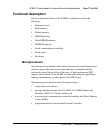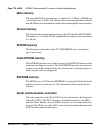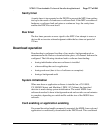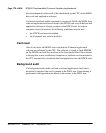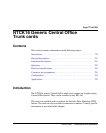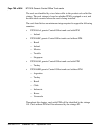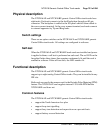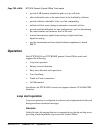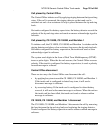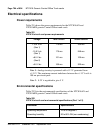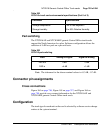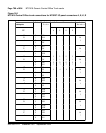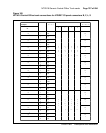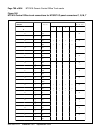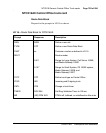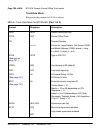
NTCK16 Generic Central Office Trunk cards Page 783 of 894
Circuit Card Description and Installation
Call placed by Central Office
The Central Office initiates a call by applying ringing between the tip and ring
wires. If the call is answered, the ringing detector on the trunk card is
switched out and a low resistance dc loop is placed between the tip and ring
leads.
On trunks configured for battery supervision, the battery detector records the
polarity of the tip and ring wires and sends an answer acknowledge signal to
software.
Call placed by CS 1000S, CS 1000M, and Meridian 1
To initiate a call, the CS 1000S, CS 1000M, and Meridian 1 switches out the
ringing detector and places a low resistance loop across the tip and ring leads.
On trunks configured for battery supervision, the trunk card sends a seize
acknowledge signal to software.
The system sends digits in the form of Dual Tone Multifrequency (DTMF)
tones or pulse digits. When the far-end answers, the Central Office reverses
polarity. If the trunk is configured for battery supervision, it sends a polarity
reversal message to software.
Central Office disconnect
There are two ways the Central Office can disconnect the call:
• by applying busy tone toward the CS 1000S, CS 1000M, and Meridian 1.
If the trunk card is configured to detect busy tone, it will send a
disconnect message to software.
• by reversing battery. If the trunk card is configured to detect battery
reversal, it will send a disconnect message to software. When the unit on
the trunk card has been idled, the trunk card sends a release confirm
message to software.
CS 1000S, CS 1000M, and Meridian 1 disconnect
The CS 1000S, CS 1000M, and Meridian 1 disconnects the call by removing
the loop between the tip and ring leads and replacing the ringing detector.
Trunks configured for battery supervision send a release confirm message to
software.



